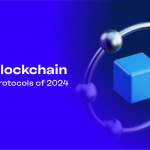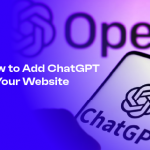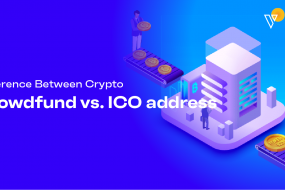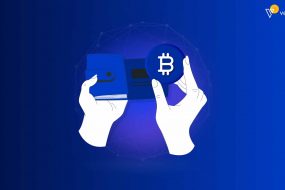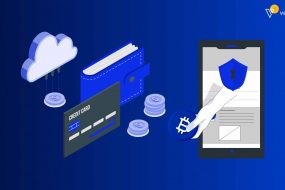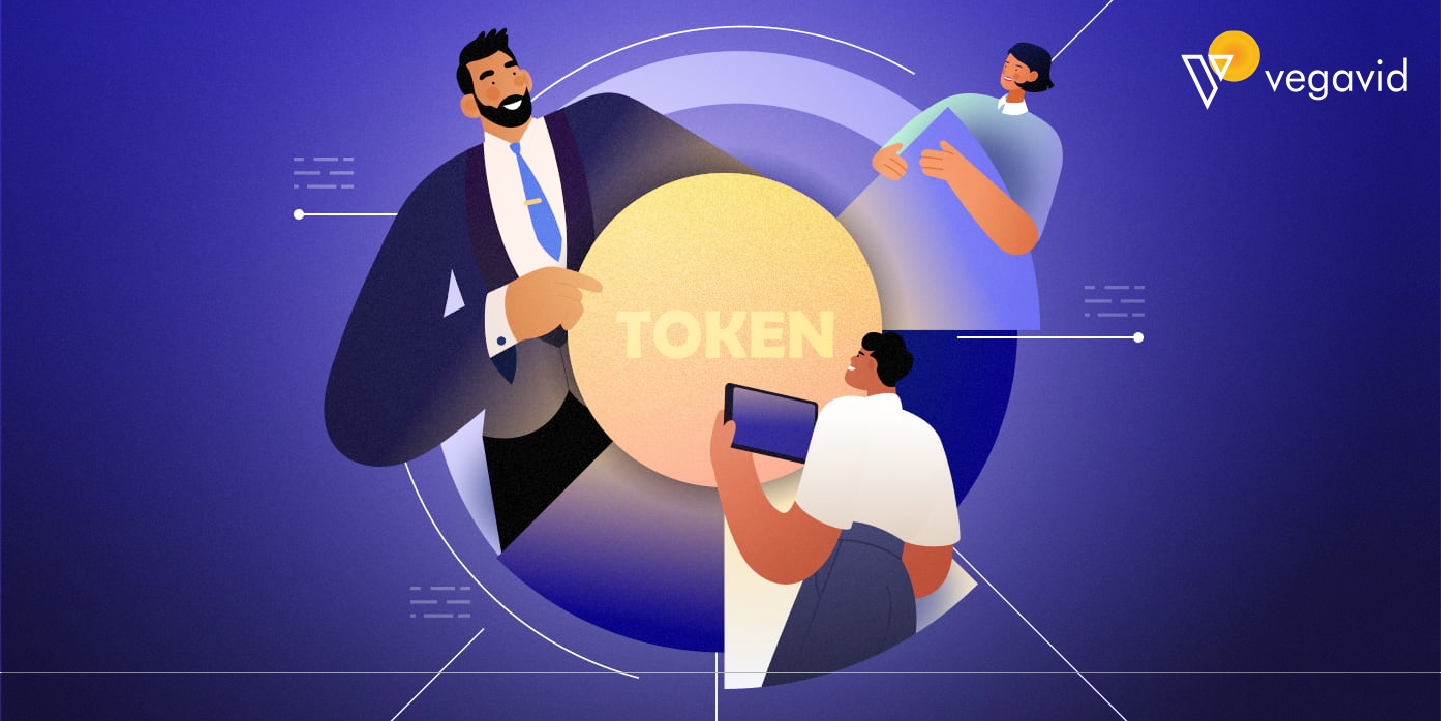
When launching a new cryptocurrency or blockchain project, one of the most important decisions is how to distribute tokens upon creation. There are various token distribution models used in this industry, each with its advantages and tradeoffs to consider. In this article, we’ll look at centralized vs decentralized distribution approaches and discuss which may be better suited for different projects. The debate between centralized and decentralized token distribution models has been a defining narrative in cryptocurrencies and blockchain technology.
Centralized models, often managed by a single entity, offer greater control and compliance but can raise concerns about censorship and trust. In contrast, decentralized models, epitomized by blockchain networks, champion transparency and autonomy but may grapple with scalability and governance issues. This exploration delves into the merits and drawbacks of both approaches, dissecting the key features that determine the best token distribution model for various use cases in our ever-evolving digital landscape.
Centralized Token Sales
One popular distribution method is holding a centralized token sale event, where tokens are sold directly to interested buyers over a set period. While straightforward, this approach results in more token distribution control residing with the core team. They determine sale terms, pricing schema, and allocation limits. Funds are received directly by the founding organization. This model proved effective for many early blockchain projects looking to raise capital quickly. However, concerns exist around more transparency and whether incentives remain properly aligned post-funding.
Centralized token sales involve a controlled distribution process where a central authority or organization manages the sale of tokens. This model is often used in initial coin offerings (ICOs) or traditional crowdfunding campaigns, providing the issuer with significant control and customization options. Centralized token sales offer a straightforward way to raise capital and establish legal compliance but may raise concerns about transparency and the concentration of power. Investors trust the issuer to fulfill promises, and regulatory scrutiny is ordinary. While this model has its advantages, it stands in contrast to the principles of decentralization championed by blockchain technology and its potential for greater autonomy and trustlessness.
Decentralizing Distribution
Many projects experimented with more decentralized token distribution mechanisms. Airdrops distribute tokens freely to existing communities and reward early adopters. Community building periods allow genuine interest and engagement to accrue before the mainnet launch. Mining/staking rewards incentivize participation in network security protocols long-term. ICOs implemented KYC verification to broaden participation. Strategies like vesting schedules ensured a gradual unlocking of team tokens. Overall, decentralized distribution aims to spread ownership more fairly while promoting aligned long-term stakeholder incentives. Decentralizing token distribution represents a core principle of blockchain technology.
In this model, tokens are distributed through transparent, trustless intelligent contracts or blockchain networks without a central intermediary. This approach aligns with the open-access ethos and empowers participants to transact directly with complete control over their assets. Decentralized token distribution models like airdrops, yield farming, or decentralized finance (DeFi) projects offer transparency and autonomy, but they can also introduce challenges in terms of security, governance, and regulation. Nevertheless, this model remains central to the cryptocurrency space, emphasizing the disruptive potential of blockchain in reshaping traditional financial and organizational structures.
Tailoring The Model
In reality, there is no single “best” approach, as the optimal token distribution method depends on a project’s specific goals and stage of development. Early infrastructure platforms laying the foundations may rely more on bootstrapped funding to prioritize security and decentralization from the start. Systems aimed at mass-consumer adoption could implement a hybrid model combining elements of centralized and decentralized distribution. Community-centric projects may wish to hand control directly to stakeholders upfront. Foundations with long-term social plans may prefer complete decentralization. Regardless, transparency and rigor are always prudent. The choice between centralized and decentralized token distribution models often boils down to the specific needs and goals of a project or organization.
Tailoring the model to the context is crucial. Centralized models may suit projects seeking control, compliance, and investor trust, such as traditional businesses or regulated financial institutions. Decentralized models are ideal for projects focused on autonomy, transparency, and open participation, as commonly seen in blockchain-based applications. The decision hinges on striking the right balance between governance, security, trust, and accessibility, aligning with the project’s core values and vision for the future in our evolving digital landscape.
Fair Distribution Balances Priorities
The most successful projects usually implement token distribution roadmaps, balancing priorities like access, security, scalability, and sustainability. Ethereum’s presale and miner distribution spread tokens fairly from the start. Tezos allocated some of its capital to a constitutional treasury supporting ongoing governance. Tron established University Programs to foster real grassroots growth. By thoughtfully considering the needs of all stakeholders – users, builders, and long-term health – these protocols have achieved stability through equitable distribution and aligned interests across their ecosystems. In the realm of token distribution, achieving a balance between fairness and practicality is essential. Fair distribution is a cornerstone of decentralized networks, ensuring that tokens are accessible and not overly concentrated among a select few.
However, striking this balance is often challenging. While romantic notions of equitable access are crucial, they must coexist with practical considerations like fundraising, project sustainability, and security. The quest for fairness must navigate the real-world constraints and regulations that underpin token distribution. Achieving a fair model can enhance trust, community engagement, and project legitimacy, ultimately contributing to the success and longevity of blockchain-based initiatives.
Distribution Sets The Tone
A project’s initial token distribution sets the stage for its philosophical and operational priorities long-term. Centralized models retain more control, while decentralized approaches empower communities more directly from inception. Transparency builds trust either way. More importantly, distribution planning reflects whether a system is designed primarily around short-term capital raises or the stable co-creation of public goods through aligned incentives. Fairness and rigor pay dividends in legitimacy and sustainability over the long run. Nuanced, balanced approaches considering all stakeholders are most likely to endure. Token distribution sets the tone for the entire lifecycle of a cryptocurrency or blockchain project.
Whether centralized or decentralized, the chosen model establishes the principles governing access, control, and ownership. A fair and well-thought-out distribution model can foster trust, engagement, and community buy-in, which is vital for long-term success. It also impacts liquidity, market dynamics, and the security of the network. How tokens are initially allocated can determine the level of decentralization, influence project governance, and shape the overall perception of the project. The choice of distribution model has far-reaching consequences and often reflects the core values and goals of the project.
Benefits Of Centralized Token Distribution And Decentralized Token Distribution
The choice of token distribution model plays a pivotal role in the success and longevity of a blockchain project or cryptocurrency. It is a critical decision that not only affects how tokens are initially allocated but also influences the dynamics of the network, governance, and the perception of the project by its users and the broader community. In this discussion, we will explore the myriad benefits of different token distribution models, both centralized and decentralized, shedding light on their respective advantages and the key considerations that drive these choices.
Benefits Of Centralized Token Distribution
- Control and Customization: Centralized token distribution models give project initiators a high degree of control over the token sale process. They can tailor the distribution to meet specific objectives, adjust parameters, and implement strategic measures to ensure the project’s success.
- Regulatory Compliance: Centralized models allow for easier compliance with legal and regulatory requirements. It can be crucial in industries subject to strict oversight, such as finance and securities. By following established regulations, projects can enhance investor confidence.
- Focused Fundraising: Projects seeking substantial capital to fund development may find centralized token sales a streamlined approach. It allows for controlled, organized fundraising efforts, making it easier to achieve funding goals.
- Investor Trust: The structured and regulated nature of centralized token sales can instill greater trust among investors. They have a clear point of contact and accountability, which can be reassuring for those unfamiliar with blockchain technology.
- Reduced Complexity: Centralized models often offer simplicity and ease of use, making participation in token sales accessible to a broader audience, including less tech-savvy investors.
Benefits Of Decentralized Token Distribution
- Transparency: Decentralized token distribution models, driven by smart contracts and blockchain networks, offer unparalleled openness. All distribution and transaction data are publicly accessible, ensuring trust among users.
- Autonomy and Trustlessness: These models align with the core principles of blockchain technology, empowering participants with independence and trustlessness. Token holders have complete control over their assets without relying on intermediaries.
- Reduced Entry Barriers: Decentralized models promote inclusivity by lowering entry barriers. They eliminate the need for third-party intermediaries and provide a level playing field for users, encouraging broader participation.
- Open Access: Blockchain-based distributions offer open access to anyone with an internet connection, irrespective of geographical location. It is particularly beneficial for projects with a global reach.
- Alignment with Ideals: Decentralized distributions resonate with the ethos of the blockchain community. They emphasize eliminating centralized authority and empowering individuals, appealing to a growing segment of blockchain enthusiasts.
Balancing Fairness And Practicality
Finding the right balance between fairness and practicality in token distribution is a significant challenge. While the ideological concept of fairness is crucial, practical considerations like fundraising, sustainability, and security must be considered. A fair distribution model is critical in building trust, engaging the community, and legitimizing a project. When tokens are perceived as distributed unfairly or excessively concentrated, it can lead to a lack of confidence and disengagement among users.
On the other hand, practical considerations such as fundraising to support development, maintaining security, and complying with regulations often necessitate a degree of centralization. These concerns are especially relevant for projects aiming to operate in a heavily regulated industry or raise substantial capital to support ongoing development. Striking the right balance is an ongoing challenge for blockchain projects. A fair model can enhance the perception of the project and contribute to its long-term success. It also has a direct impact on market dynamics, liquidity, and the overall security of the network.
Conclusion
Balancing fairness and practicality in token distribution is a challenge. Justice is essential for building trust and engaging the community, while practical considerations are necessary for fundraising, security, and compliance with regulations. Striking the right balance is crucial to the long-term success and legitimacy of a project. In the ever-evolving blockchain landscape, the choice of token distribution model remains a critical decision, with far-reaching consequences for projects and the broader blockchain community. In conclusion, there is no one-size-fits-all solution, as the optimal token distribution method depends on each project’s unique situation and goals.
However, favoring transparency and balancing priorities like access, security, and sustainability through fair distribution from the very start helps maximize chances of long-term success. Projects establishing aligned stakeholder incentives and philosophical guidance upfront tend to achieve healthier, more sustainable ecosystems in the long run. With careful planning, new blockchain networks can get off to an empowering start.



